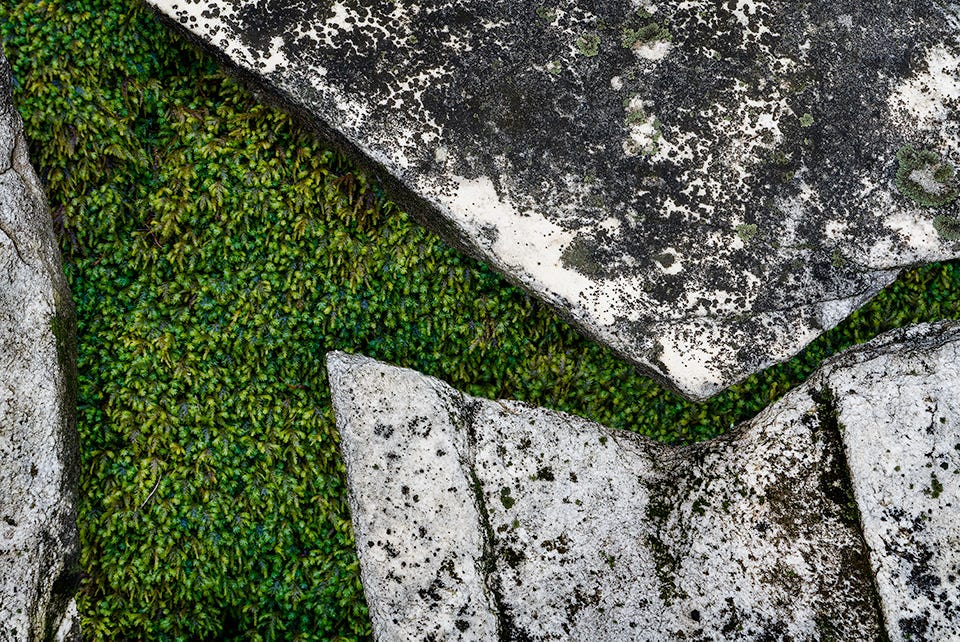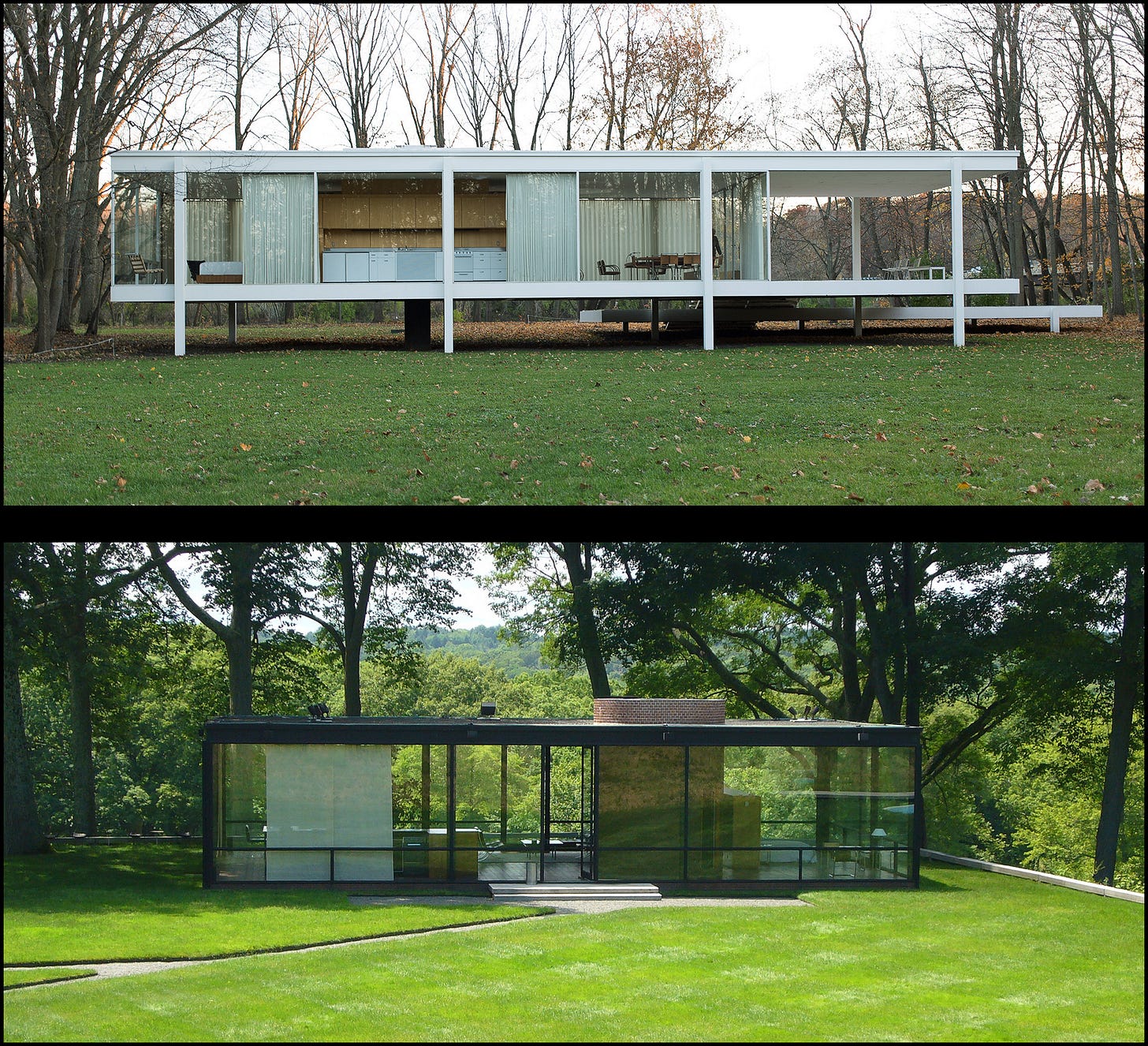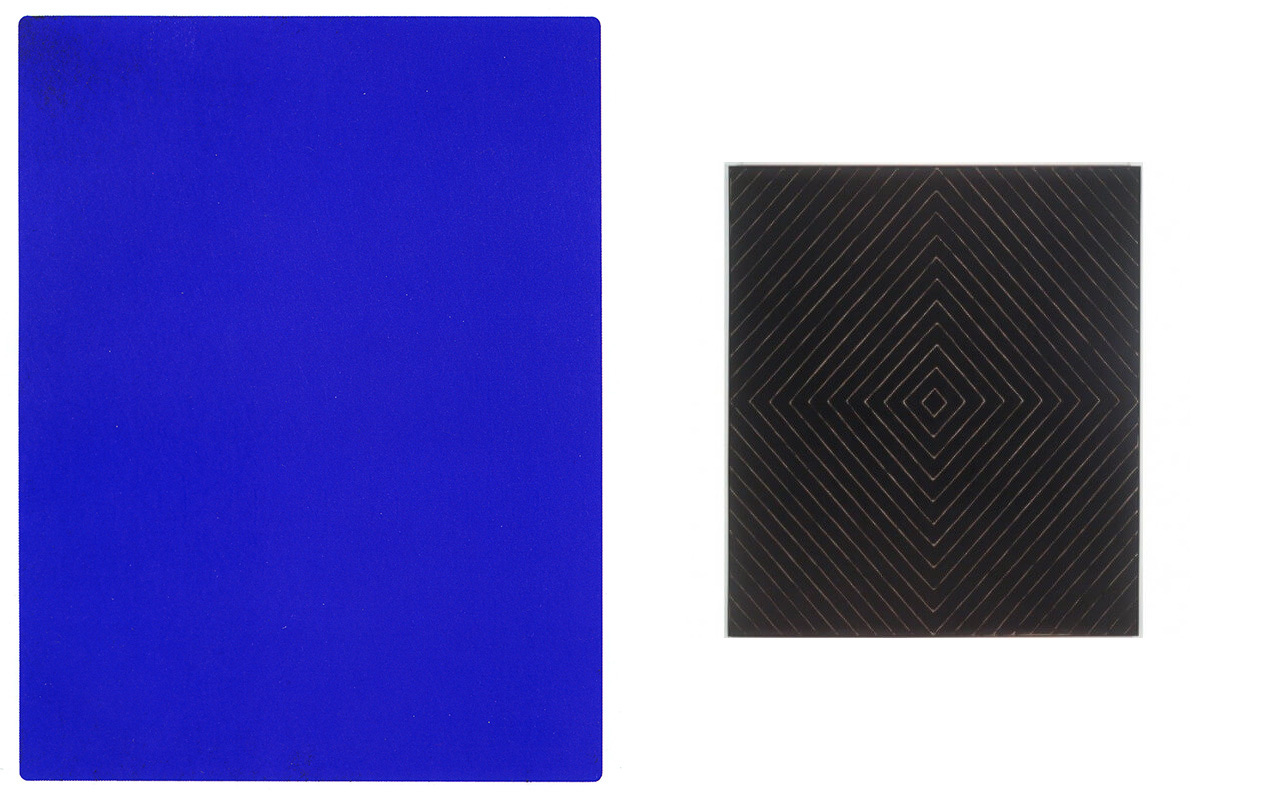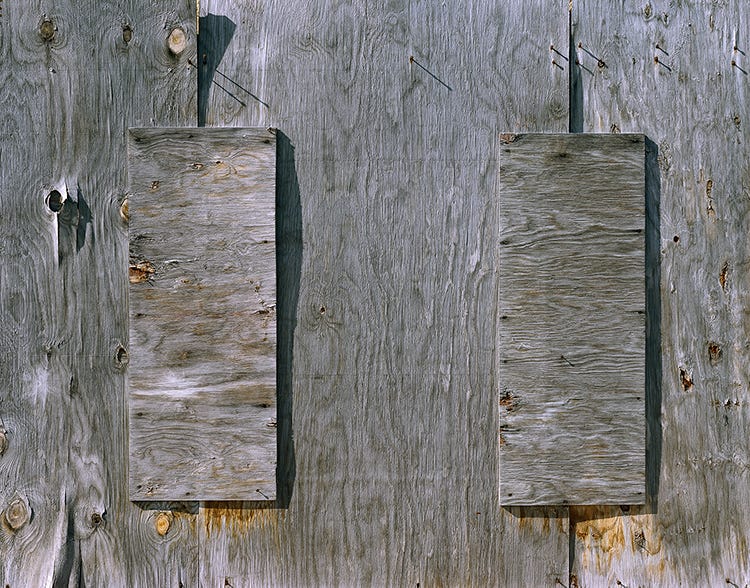Whiter than stones
Of stone mountain-
Autumn wind
(Matsuo Basho)
Simple. Spare. Minimalist. Zen-like. These are all terms that are used and over-used to describe a certain pared down version of creative expression. Most people have been exposed to Haiku at some point. Maybe you were in a class in grade school where you had to try to write one, following the strict rules for this form of poetry: 3 lines, no rhymes, under 17 syllables. Rules that have been broken for centuries by writers who are Haiku masters. Maybe you’ve tried later in life. The real challenge isn’t in the format. It’s that you have 2 lines to paint a picture, to convey a sensory and emotional experience. It’s not easy. Haiku is often associated with Zen Buddhism and many famous poets were Zen monks. Zen has become a kind of buzz word for the self-help industry, along with “mindfulness”. In truth, the proper term to use with Zen should probably be “mind emptiness”. It feels like there’s a “Zen and the art of” everything these days; any kind of creative work that is pared down or has a feeling of purity to it is called Zen-like. The reality is that Zen is an intense discipline, with monks and other serious practitioners devoting thousands of hours in meditation trying to get rid of their sense of self and attain a quietness of mind, free of internal dialog. Having a true Zen creative practice would probably mean that you would burn everything as soon as you finished it. In one of Carlos Castaneda’s books (I don’t recall which) he and some of his fellow (sorcerers’) apprentices are walking the streets of Mexico City. One of them buys a used camera and proceeds to make hundreds of exposures without any film in the camera. That’s Zen!
The “Farnsworth House”, designed by Ludwig Mies van der Rohe, and the “Glass House” by Phillip Jonhson are both classic examples of minimalist architectural design. Both were designed as one room structures without floor to ceiling partitions. Farnsworth took 6 years to complete due to disputes with the owner over budget and van der Rohe’s vision of the purity of his design which conflicted with the practicality of the client actually trying to live in it (The partitions in the photo were added after van der Rohe left the project). Johnson’s design was inspired by van der Rohe’s, and he described his inspiration growing in part from "a burnt wooden village I saw once where nothing was left but foundations and chimneys of brick." He actually lived in the house but was plagued by curious trespassers at all hours. You can imagine how hard it is to live in those conditions. Eventually both properties became museums. The paradox here is that true minimalist design is probably the most difficult and expensive to actually build. It requires the most highly skilled artisans with the right sensitivity to the design concept. Typical to minimalist design is a lack of moldings at the floors, ceilings and doorways. Moldings are transitional elements as well as decorative, serving to conceal defects in the holy trinity of square, plumb and level. If you are asked to eschew baseboards and instead leave only a shadow reveal line where the walls meet the floor, then the floor needs to be perfectly flat and the walls need to be straight and plumb to a much greater degree than in standard construction. As must have been the case in both the example houses, there’s literally and figuratively no place to hide.
In other forms of the creative arts the “minimalist” tag seems to have been put on by critics more than by the artists themselves. In painting and sculpture it may have been a natural reaction against the busy, sometimes riotist work of abstract expressionists. The term “less is more” probably came into use as a result. Solo improvised piano pieces by musicians like Phillip Glass or Keith Jarret work because of the high level of their playing and work ethic. Other compositions where one note is repeated over and over, not so much. If this pared down style works it can be pretty powerful and if it doesn’t, it doesn’t really fool anyone. There is really no middle ground, which is to say that “less is hard”.
The writer Raymond Carver had to live with the “Minimalist” tag against his wishes. This was partly due to his style of writing and partly because his work was heavily manipulated by his editor, Gordon Lish. Carver was a serious alcoholic and Lish was a willful overseer who would strip out half of Carver’s words in his editing process.This Excerpt is from the story “Cathedrals”:
“Swell,” he said. “Terrific. You’re doing fine,” he said. “Never thought anything like this could happen in your lifetime, did you, bub? Well, it’s a strange life, we all know that. Go on now. Keep it up.”
I put in windows with arches. I drew flying buttresses. I hung great doors. I couldn’t stop. The TV station went off the air. I put down the pen and closed and opened my fingers. The blind man felt around over the paper. He moved the tips of the fingers over the paper, all over what I had drawn, and he nodded.
“Doing fine,” the blind man said.
Carver’s original writing was more fleshed out but this painful collaboration may have actually benefited the work in the end. It’s very difficult and requires a lot of skill to work in such an understated way and pull it off. It requires a level of focus that transcends our everyday state. It’s almost Zen-like.





